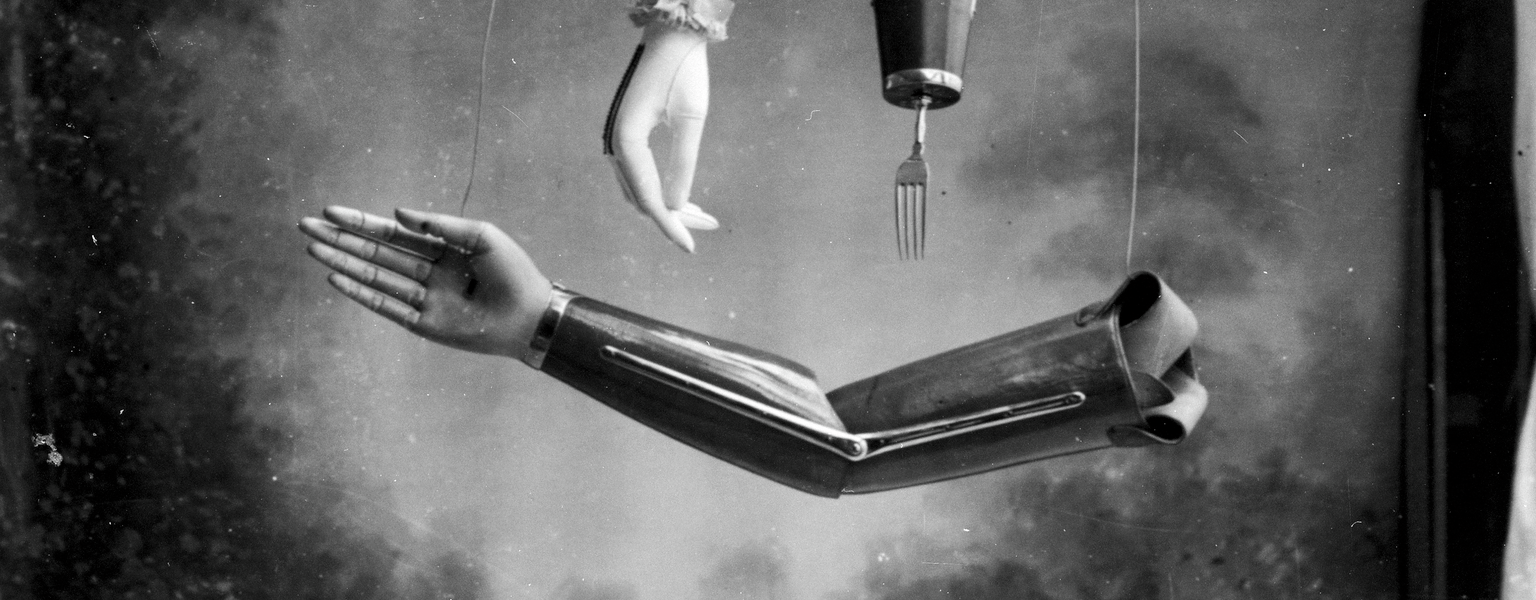Say hello to the bebionic hand, an exciting new addition to our collection. This is a ‘myoelectric’ prosthetic hand that can be controlled by moving the muscles in the arm.
Designed to be used by amputees or people born without one or both hands, this artificial hand can have a big impact on the lives of people who use it, enabling them to get a grip on the objects we use in our day to day lives.
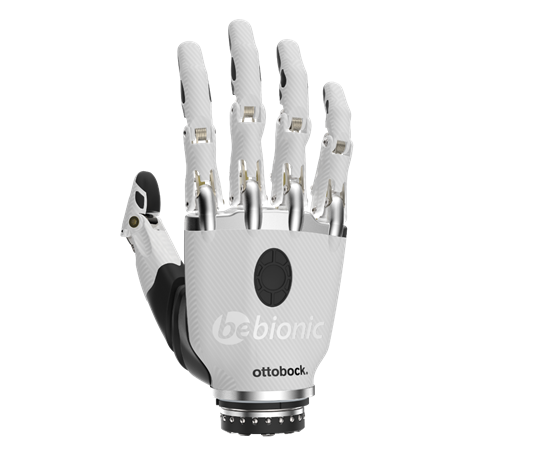
The Tech
Myoelectricity is the electrical activity that causes muscles to contract and relax, which causes them to contract and relax, enabling us to control different parts of the body. Sensors placed in the socket of the bebionic hand can detect these signals when the muscles in the wearer’s arm contract. The hand is battery powered, with multiple motors throughout that allow it to move.
It is also multi-articulating, meaning that the wrist and the fingers can be moved in a variety of different ways. With fourteen different grip patterns rather than a simple open-and-shut mechanism, the hand can be used to point, write, type, give a handshake, and more.
By combining both technologies, myoelectric signals prompt the fingers and wrist to flex, bend and rotate. In many ways, it mimics the behaviour of a human hand by responding to simple muscle movements in the arm.
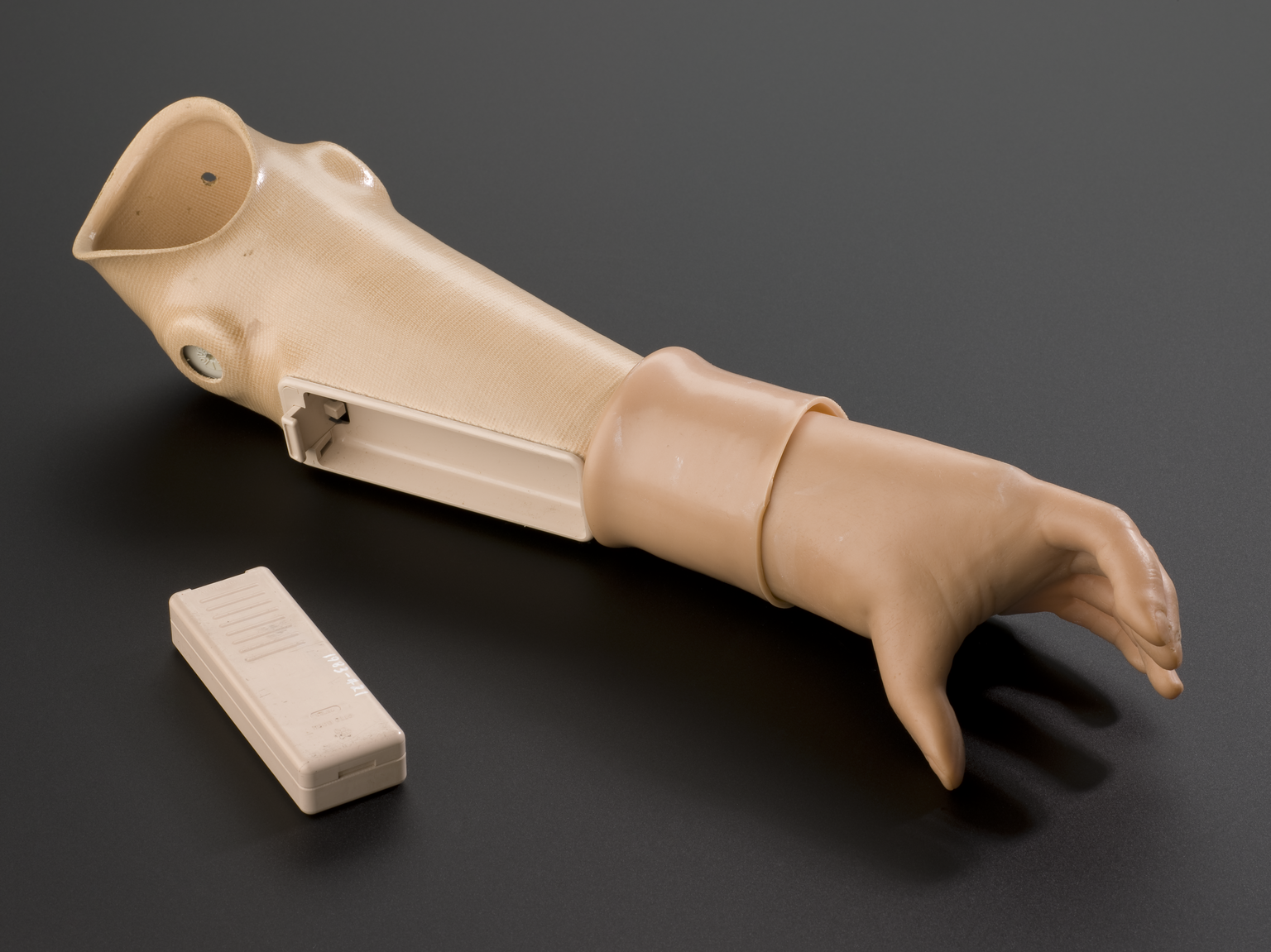
Over the years we have acquired inflexible static hands, mechanical arms (which use straps and springs to grip objects), and even this early myoelectric arm from 1980.
Although the 1980 model uses similar technology to open and close the fingers, it’s range of movement is restricted. The bebionic is the first prosthetic in our collection that can be programmed to act in so many ways, with different grip patterns that allow the user to grip and manipulate objects of all shapes, sizes and textures, and offer an enhanced level of dexterity.
The Impact on Everyday Life
But why is this important? Critically, the different technologies that the bebionic utilises enable wearers to grip and manipulate all sorts of everyday objects, helping them to perform fine motor tasks in a world that can otherwise be disabling and frustrating.
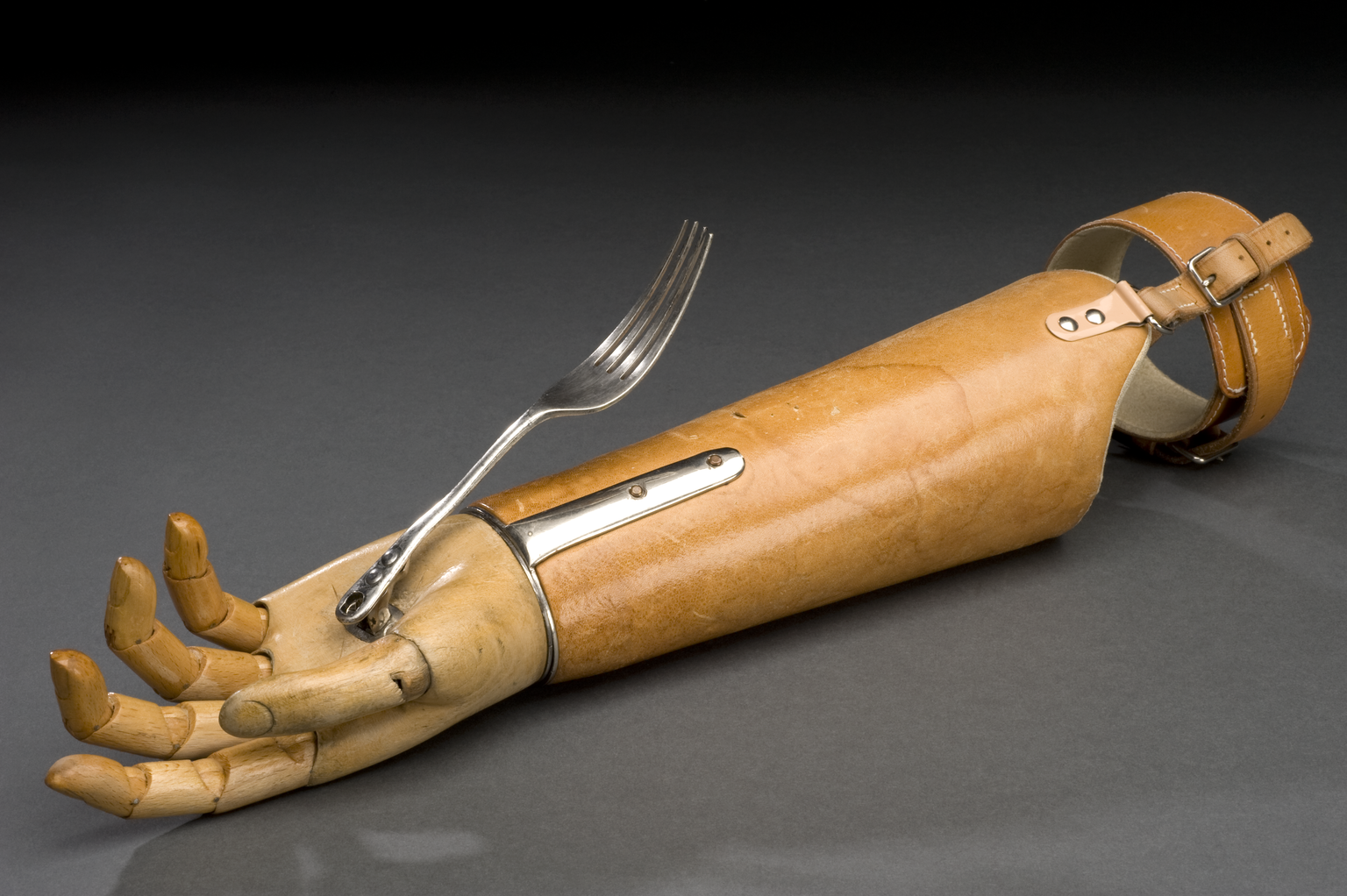
For amputees and people who have been born without either hand, seemingly mundane tasks – such as tying your shoelaces, handwriting a note, or even swiping your way through Tinder on your touchscreen phone – can become more complicated.
Although individuals often find their own ways around these difficulties, prosthetics are tools designed to make these everyday tasks easier, by performing the function of missing or damaged parts of the body.
Often, they have been designed to fit seamlessly into the life of the wearer by helping them to complete tasks they need to perform to earn a living, to uphold any responsibilities they may have, or simply to live the life they wish to lead.
For example, this sixteenth century hand was created by an armorer to allow the owner to wield a weapon and pursue their fighting career.
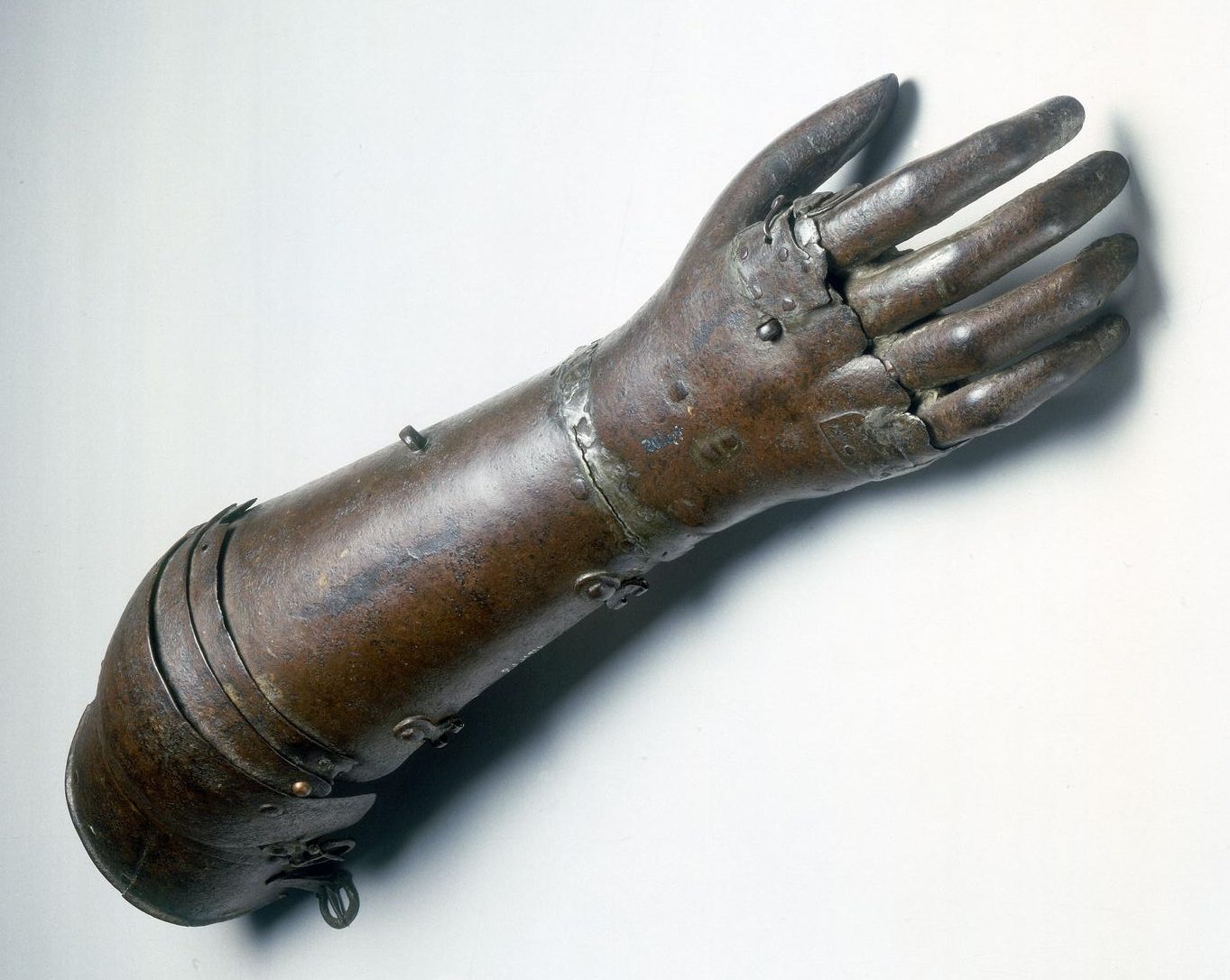
However unnecessary it may be to pick up a sword or a mace in this day and age (although, to each their own), the fact remains that these prosthetics played an important role in their owner’s lives by helping them to achieve what they needed or wanted to do.
Likewise, the bebionic hand has been designed to meet more everyday needs in the contemporary world. Lightweight and dextrous, it is suited to gripping and operating the tools and technologies we use in our day to day lives such as pens, phones, computers, eating utensils, a car’s steering wheel, etc.
Stephen Lowry, an engineer who has used a whole range of different prosthetics since his hand was amputated in 1985, is particularly enthusiastic about the usefulness of the bebionic.
In his experience, the hand is not only a useful tool that helps him to perform daily tasks as fiddly as tying his shoelaces and as necessary as cooking dinner, but also offers unrivalled comfort and reliability.
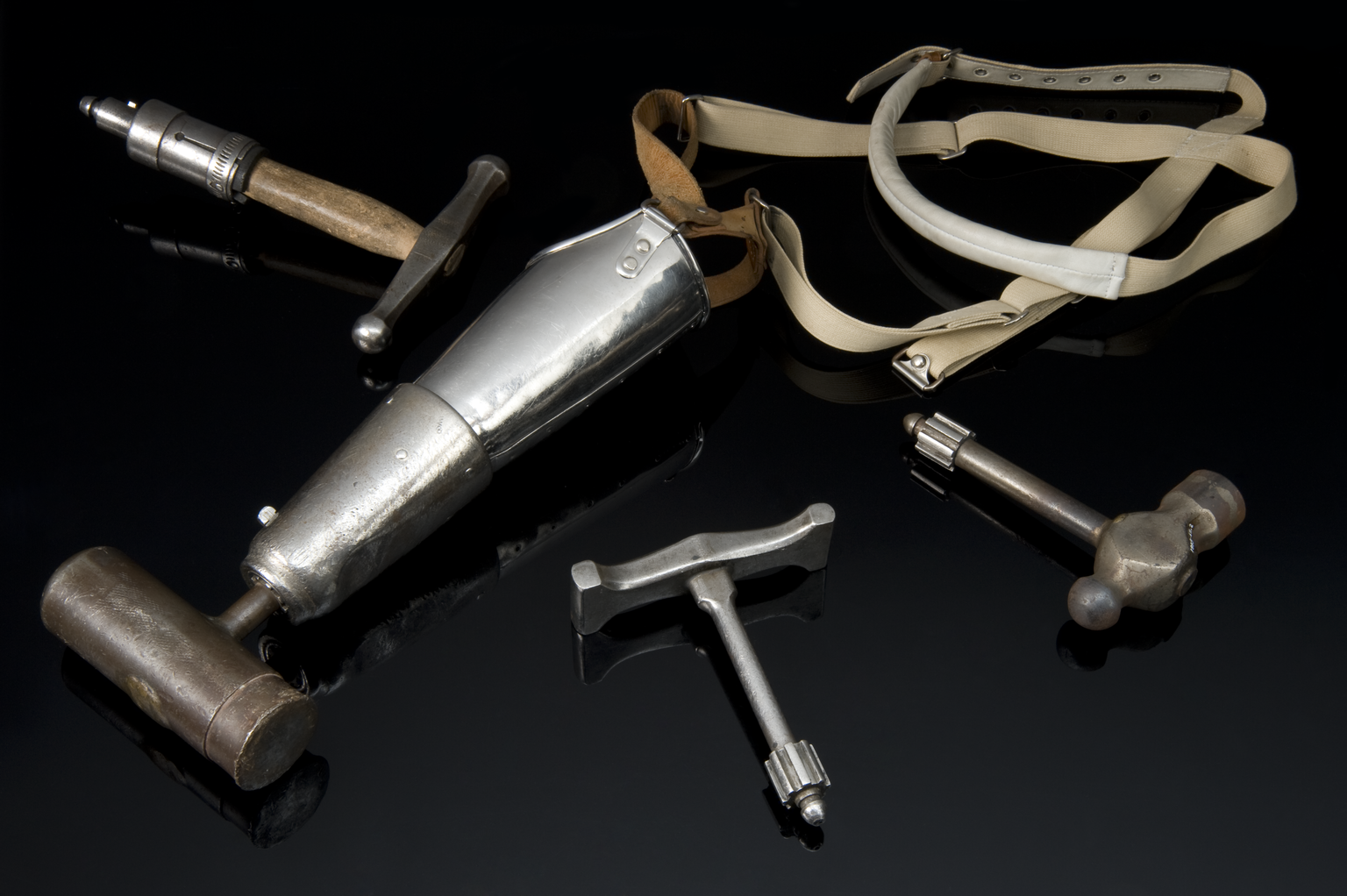
After testing the hand, he was particularly impressed at how much lighter it was than the mechanical and earlier myoelectric hands he had previously used, which had caused him back problems.
He also appreciates the increased level of control that he has over the bebionic; he can trust that his fingers won’t open or move involuntarily, which was a problem he sometimes encountered when trialling earlier myoelectric hands. Considering that Stephen flies a small aircraft, it is quite important to him that he can trust the hand to behave itself.
However, if you are considering the bebionic as a potential prosthetic, you do need to bear in mind how it would fit into your lifestyle.
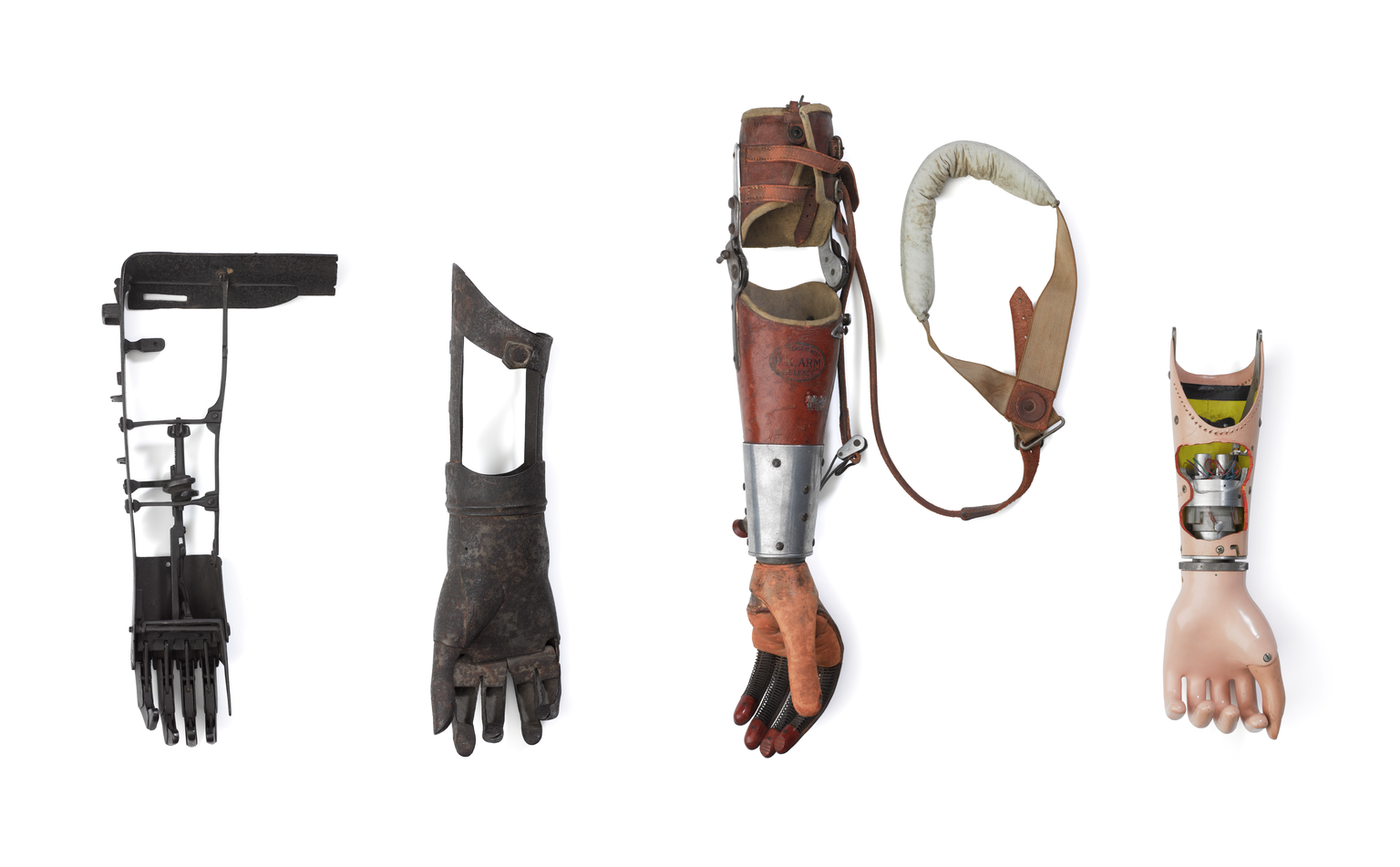
The hand is delicate, particularly the fingers which have multiple joints to allow for more flexibility but can break if placed under immense strain. If you plan on going rock climbing, or need to perform heavy-duty tasks, other models would be better suited.
Unfortunately, bionic hands can also be expensive, and prospective users need to gradually raise enough money to purchase one of these prosthetics, often with the help of private clinics and charities.
A glimpse of the Future…
The bebionic offers a tantalising hint of what is yet to come, catapulting our prosthetic collection into the twenty-first century. Embodying one of the technologies that are currently being utilized to enhance the age-old artificial hand, it also reflects how the needs and desires of individual users are shaping the prosthetics being developed today.
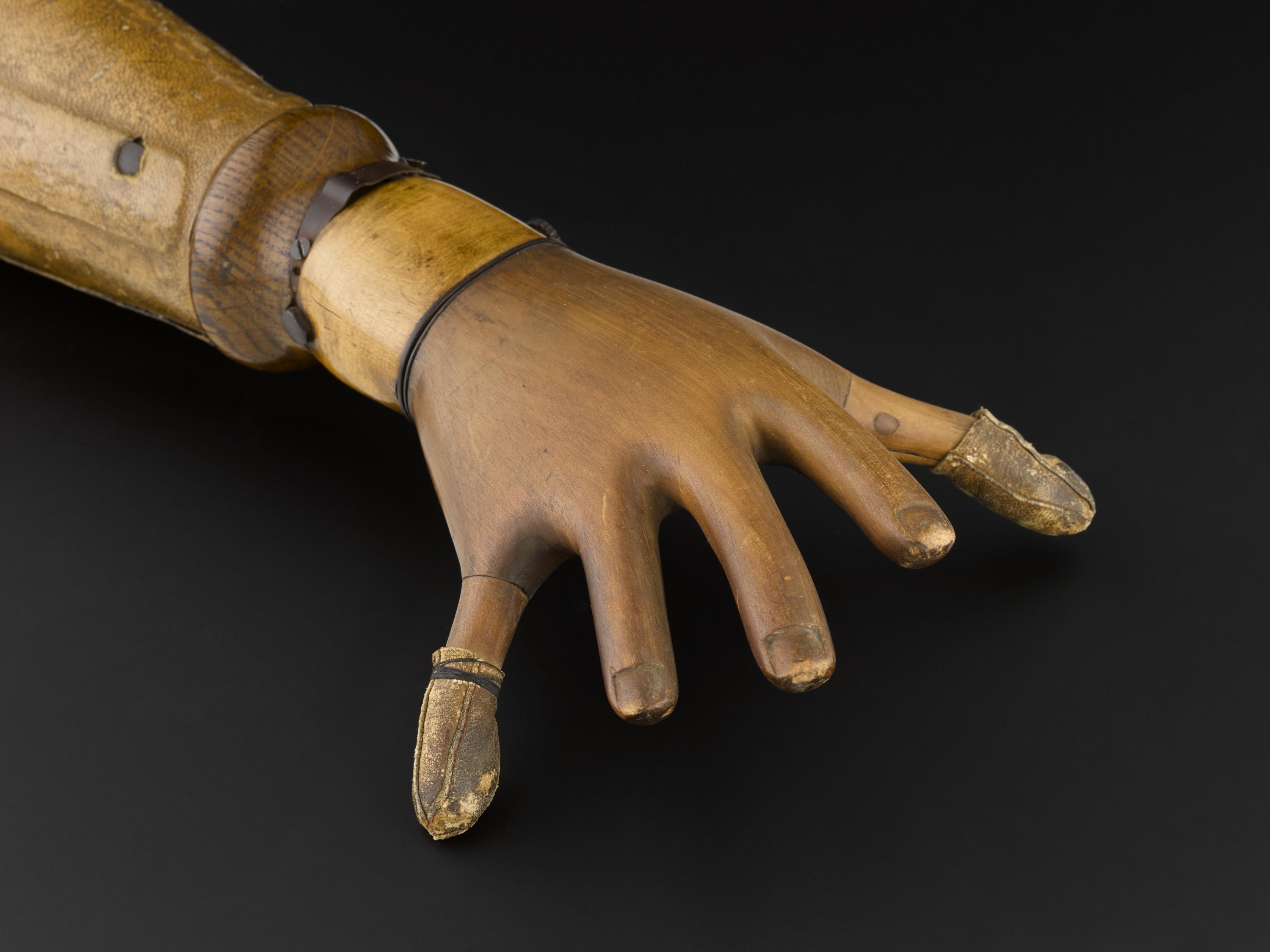
New technologies are being used and developed constantly, which could radically alter the relationships that individuals have with their replacement limbs.
Prosthetics that can be controlled directly by the brain are already being tested, and there are hopes that prosthetics could also facilitate sensory feedback in the near future, allowing the wearer to ‘feel’ the objects they touch using their prosthetic hand!
The possibilities (and implications) are endless, and we will certainly be keeping an eager eye on what happens next in this ever-changing field!
Header image: Studio photograph of three artificial arms, 1890-1910, taken by Gillinghams of Chard, Somerset, late 19th to early 20th centuries. © Science Museum Group
